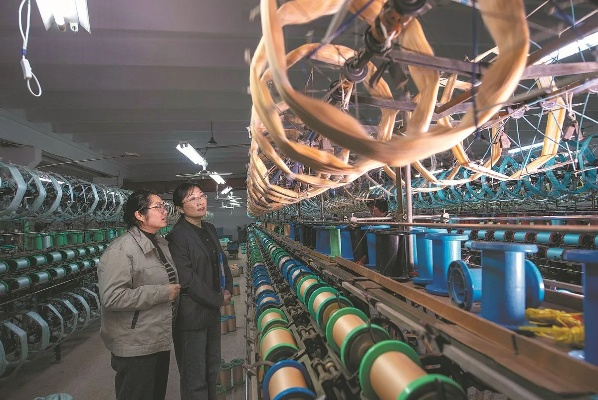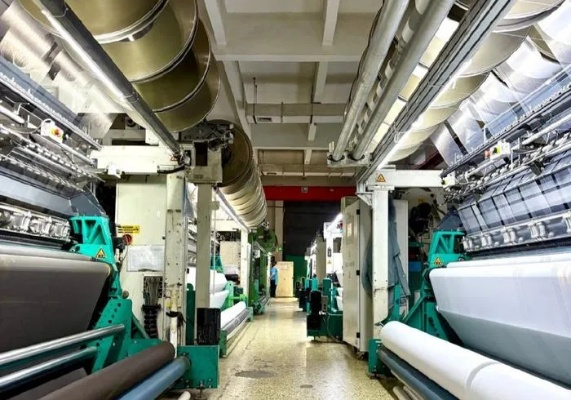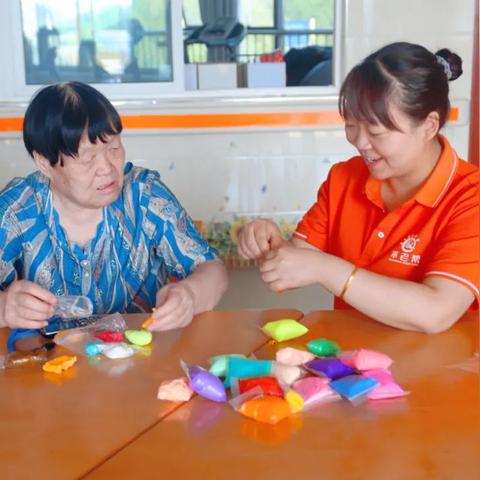The Challenges and Solutions of Textile Manufacturing
Textile manufacturing is a complex process that involves the production of various textile products such as clothing, carpets, and fabrics. The challenges faced by textile manufacturers include low-quality raw materials, inefficient production processes, and high labor costs. To overcome these challenges, manufacturers must adopt advanced technology and improve their production processes to increase efficiency and reduce costs. Additionally, they can also use sustainable practices to minimize environmental impact and promote ethical production practices. Ultimately, the success of textile manufacturing depends on the ability to balance cost control, quality assurance, and sustainability goals.
Introduction: Textile manufacturing is a complex industry that involves the production of various textile materials such as cotton, polyester, and wool. It is a crucial industry in many countries around the world, providing employment opportunities and contributing to the global economy. However, the industry also faces several challenges that can impact its efficiency and profitability. In this article, we will explore some of the challenges faced by textile manufacturing and discuss how they can be addressed. We will also provide an example of how a textile company has successfully overcome these challenges.
Challenges Faced by Textile Manufacturing:

- High Cost of Raw Materials: Textile manufacturing requires raw materials such as cotton, polyester, and wool. These materials are expensive to purchase and transport, which can increase the cost of production.
- Labor-Intensive Processes: Textile manufacturing involves a lot of manual labor, which can lead to high labor costs. Additionally, the industry is often affected by labor shortages, which can further increase production costs.
- Environmental Impact: Textile manufacturing produces a significant amount of waste, including water, air, and land pollution. This not only affects the environment but also increases the cost of production.
- Competition: The textile industry is highly competitive, with many companies vying for market share. To stay ahead, companies need to constantly innovate and improve their products and services.
- Technological Advancements: As technology advances, new methods and equipment are introduced to improve efficiency and reduce costs. Companies need to keep up with these advancements to remain competitive.
Solutions to Address Challenges:
- Utilizing Technology: Companies can use technology to improve efficiency and reduce costs. For example, automation and robotics can be used to automate repetitive tasks and reduce labor costs.
- Reducing Raw Material Costs: Companies can source raw materials from domestic sources or alternative suppliers to reduce transportation costs. They can also look for ways to improve the efficiency of their production processes to reduce waste and lower costs.
- Employing More Sustainable Practices: Companies can adopt sustainable practices such as using renewable energy sources, reducing water usage, and minimizing waste to reduce their environmental impact.
- Diversifying Markets: Companies can expand into new markets to diversify their customer base and reduce dependence on a single market. This can help them weather economic downturns and stay ahead of competitors.
- Staying Up-to-Date with Technological Advancements: Companies need to invest in research and development to stay up-to-date with technological advancements and develop new products and services that meet the needs of their customers.
Example: One textile company that has successfully overcome several challenges is Xerox. Xerox is a global leader in the textile industry, producing high-quality fabrics for various industries such as sportswear, apparel, and home furnishings. The company has faced several challenges over the years, including competition in the market, changes in consumer preferences, and environmental regulations. However, Xerox has been able to overcome these challenges through innovation, sustainability, and effective marketing strategies.
Xerox has invested heavily in research and development to develop new fabrics and technologies that meet the needs of its customers. The company has also adopted sustainable practices such as using recycled materials and reducing water usage in its production processes. Additionally, Xerox has expanded its market reach by partnering with other companies and developing new products for niche markets.
To stay ahead of competitors, Xerox has also focused on marketing its products effectively. The company has developed strong branding strategies that emphasize its commitment to sustainability and quality. Xerox has also been able to leverage social media and other digital channels to reach out to its customers and build relationships with them.
Conclusion: Textile manufacturing is a challenging industry that requires constant innovation and adaptation to stay ahead of the competition. However, companies that are able to address the challenges facing the industry can achieve success and grow their businesses. Xerox is a great example of a company that has successfully overcome several challenges in the textile industry and continues to thrive in today's market.
亲爱的朋友们,今天我们来聊聊纺织厂这个话题,纺织行业作为我国的重要产业之一,其发展状况如何呢?下面我们就从多个角度来探讨一下纺织厂的情况。
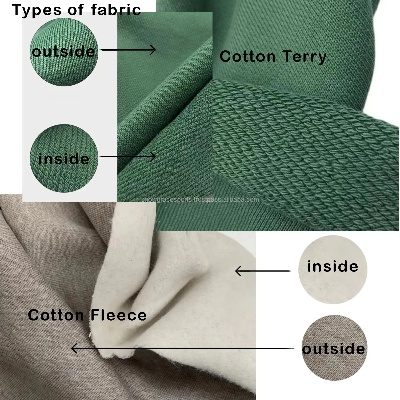
纺织厂的基本情况
纺织厂是一个涉及多个生产环节的综合性企业,它涵盖了从原材料采购、生产加工到成品出库的全过程,在纺织厂工作,不仅需要具备一定的专业技能和知识,还需要具备一定的责任心和耐心。
面临的挑战与困难
- 设备维护与更新:纺织厂需要不断更新设备,以确保生产效率和产品质量,这需要投入大量的资金和人力资源。
- 环保要求:随着国家对环保要求的提高,纺织厂在生产过程中需要遵守严格的环保标准,这增加了企业的运营压力。
- 劳动力成本:纺织行业劳动力成本较高,需要雇佣大量熟练工人,这给企业带来了不小的成本压力。
- 市场竞争:随着国内外市场的竞争加剧,纺织厂需要面对更多的挑战和压力,如何在激烈的市场竞争中保持竞争优势,是每个纺织厂都需要思考的问题。
案例分析
为了更好地了解纺织厂的实际情况,我们可以参考一些具体的案例,下面是一个关于某纺织厂的案例分析:
成功之路
某纺织厂在发展过程中,面临着设备维护与更新、环保要求等多重挑战,该厂通过引进先进的生产设备和技术,加强员工培训,提高产品质量和效率,成功应对了这些挑战,该厂还注重绿色生产,积极推行环保措施,得到了政府和社会各界的认可和支持。
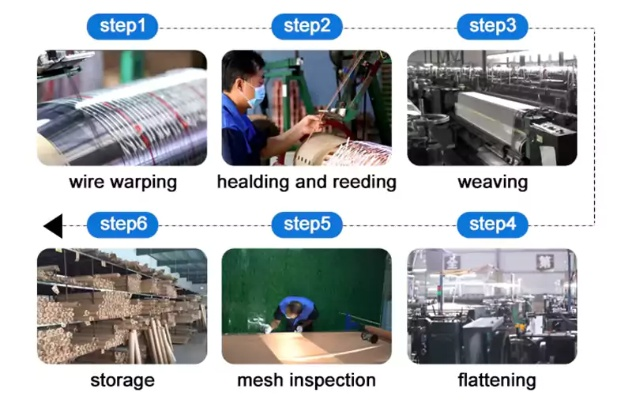
补充说明
为了更好地说明纺织厂的情况,我们可以使用英文表格进行补充说明:
| 方面 | 描述 | 相关数据 |
|---|---|---|
| 设备维护与更新 | 投入大量资金和人力资源进行设备更新 | 设备更新率逐年提高 |
| 环保要求 | 严格遵守环保标准,积极推行绿色生产 | 获得多项环保认证 |
| 劳动力成本 | 雇佣大量熟练工人,劳动力成本相对较高 | 员工培训投入较大 |
| 市场挑战 | 面临国内外市场竞争加剧的挑战 | 市场份额逐年提升 |
总结与展望
纺织厂在发展过程中确实面临着不少挑战和困难,只要企业能够积极应对这些挑战和困难,注重技术创新和绿色生产,加强员工培训和管理,就一定能够克服困难,实现可持续发展,随着国家对环保要求的提高和市场竞争的加剧,纺织行业也将迎来更多的机遇和挑战,我们期待更多的纺织厂能够在实践中不断探索和创新,为我国的经济发展做出更大的贡献。
Articles related to the knowledge points of this article:
The Indispensable Components of a Textile Factorys Electrical System
